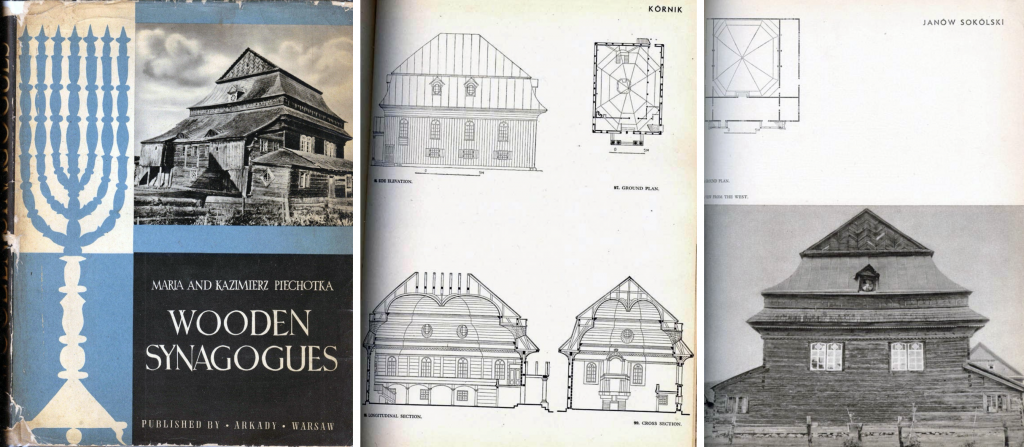Artnet Auctions
Artnet Auctions Traces the History and Ascent of Frank Stella’s Iconic ‘Polish Synagogues’ Series
Frank Stella's masterwork "Rozdol I" is currently being offered in Artnet Auction's Post-War & Contemporary Art sale.

Frank Stella's masterwork "Rozdol I" is currently being offered in Artnet Auction's Post-War & Contemporary Art sale.

Arnet Auctions is proud to present Frank Stella’s Rozdol I (1973), a dynamic and historic masterpiece by one of the greatest living American artists, now live in its Post-War & Contemporary Art sale. The work belongs to Stella’s “Polish Villages” series, a three-year project that would completely evolve Stella’s oeuvre. The series also has a fascinating history and rise through the market.
In the summer and fall of 1970, Stella found himself in a prolonged hospital stay for complications following a routine knee surgery. During this time, his good friend, the renowned architect Richard Meierbook gave him a book—Wooden Synagogues (1959) by Maria and Kazimierz Piechotka, about historic wooden Polish synagogues which had been destroyed by the Nazis during World War II. These structures would have a profound formal influence on Stella’s “Polish Synagogues” series.

Images courtesy of “Wooden Synagogues” by Maria and Kazimierz Piechotka. Translated by Rulka Langer. With introductions by Stephen S. Kayser and Jan Zachwatowicz. Arkady (Warsaw).
The book itself offers many insights into Stella’s inspirations for Rozdol I. The architectonic logic of the pigmented, teal crossbeam of the present work, and its sister Rozdol II in the collection LACMA, for instance, evokes the slanting roofs and wooden beam structures of its namesake synagogue. The works in the series represent a significant period of development for Stella.
Many works from this series were featured in major exhibitions and collected by major institutions soon after their creation. For example, Pilica II (1973) was acquired immediately after its exhibition at the Washington, D.C., Phillips Collection in 1974. There has been a resurgence of interest in this particular series, especially following Stella’s 2016 Whitney retrospective.
In an Artnet News interview with Marianne Boesky, the New York dealer said she quickly saw a spike in demand and prices for works from his “Polish Village” series. “We took a serious commitment to and interest in these works and people looked at me like ‘Yeah, I might give you $250,000 for one.’ Now, a year later, they sell for $1 million, and you can’t get them.” In gallery exhibitions as recent as 2019, the works from the series sell for closer to $2 million, and auction results have set a benchmark at $980,000.
As described by Stella in an interview with Artforum in 2016, his “Polish” series also pays homage to Russian constructivism, another cultural victim of Nazisim. The constructivist line within the modernist canon has been traced from Moscow to Berlin, via Warsaw, and this path, by way of Nazi devastation, mirrored the path of destruction of sacred synagogues. During a 1978 presentation of the series in Fort Worth, Philip Leider noted that the series bore “strong identities with Russian constructivism—materials, relief, dynamic clusters of planes, emerged. Similarities to certain of Malevich’s architectural drawings, affinities with Tatlin’s painted reliefs, Liubov Popova’s ‘architectonic paintings,’ etc., became inescapable.”

Frank Stella in 2015, with Bogoria IV (1971). Photograph by Kristine Larsen. Courtesy of Wallpaper.com.
The works in this series represent aspects of a single synagogue or town destroyed by the Nazis, with Stella sometimes creating multiple works based on a single structure, as is the case with Rozdol i. Each iteration maintains the same shape and the same genre of pictorial division; however, each new interpretation of the synagogue form progresses in terms of volume, materiality, and color. These subsets of series are classified into “versions.”
The earliest works, “The First Versions” or “I” in the series (1970–71) were made on thick canvas-covered stretchers with thin materials such as felt, or second layers of canvas that result in a one-dimensional effect. From 1972 onward, Stella made his “First Versions” from canvas and felt laid on board supported by a complex wooden architecture, as Rozdol I. The “Second Versions” or “II” works employ different colors and a variety of materials. As Stella integrated boards into the successive versions, including plywood, pressboard, and masonite, the works acquired greater depths.
The “Third Versions” (III) utilized cardboard as structural support and are the most three-dimensional of his geometries, tilting into space and creating shadows. Some works had a “Fourth Version” (IV), often made of unpainted wood. These works were not made consecutively; Stella worked on all versions at once, giving each piece a stronger relationship and sensitivity to its sister works.
Frank Stella’s “Polish Villages” dynamically dissolved the traditional construct of painting, in which work like Rozdol I creates a symbiotic relationship of color and line through architectural form. Rozdol I, in all, is a zenith of Stella’s post-painterly abstraction, in which an honoring of the past, electrifies the present.